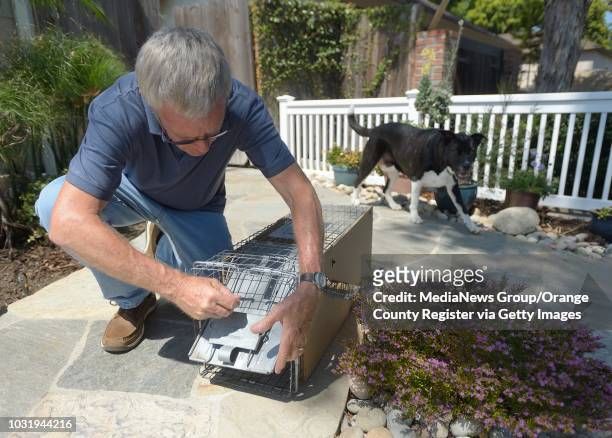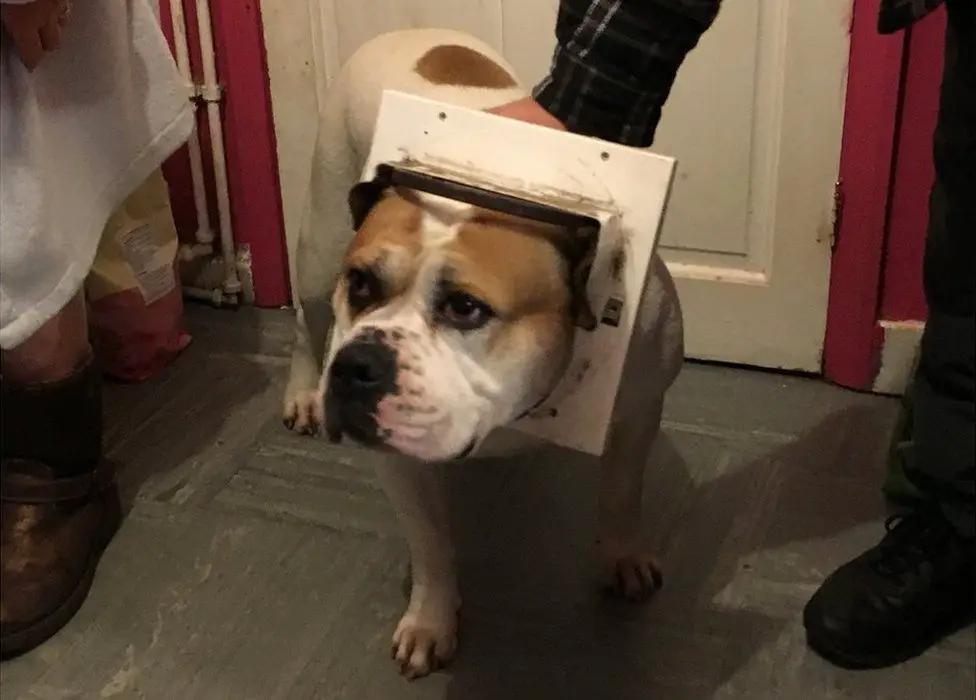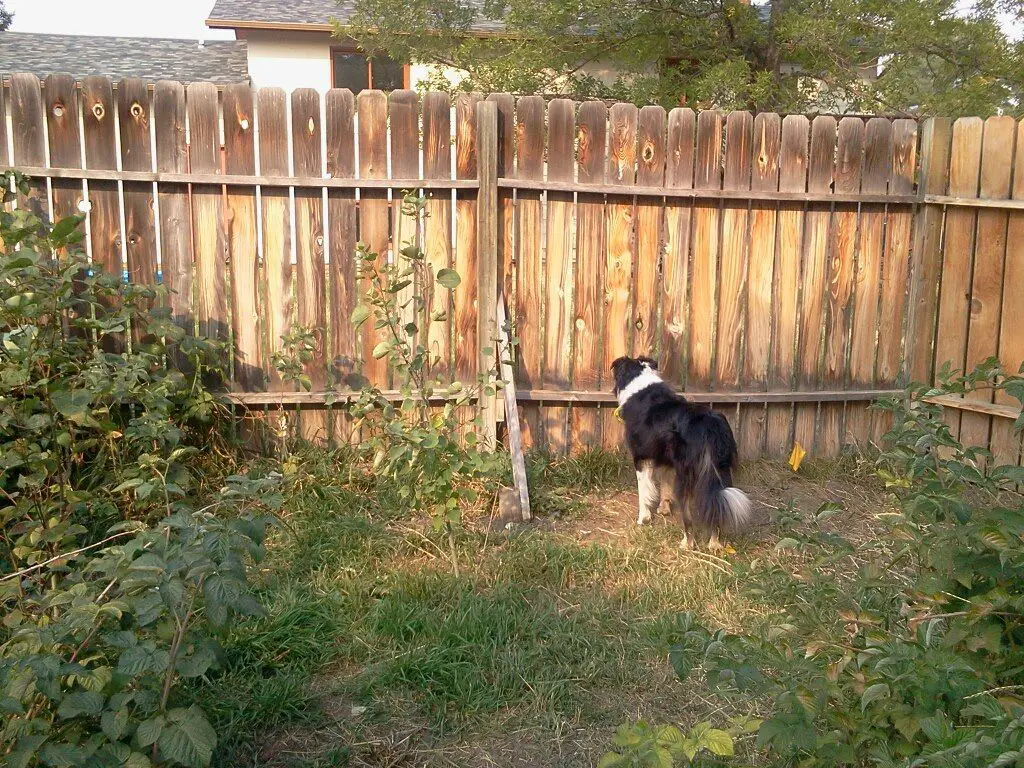Introduction
Dog proof traps, sometimes called “raccoon traps,” are a special type of foothold trap designed to catch certain animals like raccoons, opossums, and skunks while avoiding catches of domestic animals like dogs and cats. Unlike traditional steel-jawed leghold traps, dog proof traps are enclosed in a cylindrical cage and use a trigger in the back to spring the trap closed when an animal reaches inside. The traps are most often used by pest control operators and wildlife nuisance trappers to help control populations of these furbearing mammals in urban and suburban areas where they can cause issues like getting into garbage or damaging property [1].
Because dog proof traps avoid catching pets and only restrain the trapped animal without injuring it, they are seen as more humane and targeted alternatives to lethal traps or poisons for controlling these wild animals that have taken up residence near homes. However, some animal rights advocates still object to the use of any foothold traps. When properly set up and checked frequently, though, dog proof traps allow the safe capture and release of nuisance raccoons, opossums, and skunks without harming people’s pets in the process.
Common Animals Caught
Dog proof traps are primarily designed to catch certain animals while avoiding pets and other wildlife. The most common animals caught in dog proof traps include:
- Raccoons – Raccoons are clever, nimble animals that frequently raid trash cans and bird feeders. They are the main target for most dog proof traps.
- Opossums – While not as agile as raccoons, opossums will still try to steal pet food and get into garbage. Their hand-like paws can open latches.
- Skunks – Skunks search for grubs and other food around houses. They can be a nuisance but make easy targets for dog proof traps.
- Foxes – Foxes are curious creatures that will explore new objects. Some dog proof traps can capture foxes, especially young ones.

In some cases, other urban wildlife like feral cats or groundhogs may also get caught. But dog proof traps are engineered to avoid wildlife like squirrels and larger animals that could injure themselves trying to escape.
Unintended Catches
While dog proof traps are designed to catch certain animals like raccoons, opossums, and skunks, other unwanted critters may end up being caught as well. Squirrels, rabbits, and neighborhood cats are sometimes unintentionally caught in these traps (1). This happens if the traps are improperly set, baited, or designed for the target animal. Smaller animals can sneak in through the openings, while larger ones may get stuck trying to reach the bait.
It’s important to check traps frequently to release any unintended animals. Using proper bait, lure techniques, and trap placement can help minimize undesired catches. Trap openings should be sized appropriately for the intended species. Multiple trap entries allow smaller animals to escape if accidentally trapped (2). Being aware of neighborhood pets and taking precautions like notifying neighbors can help avoid catching someone’s cat or other unintended animal.

With careful setup and monitoring, dog proof traps can effectively catch target species without harming most other wildlife in the area.
Trap Designs
There are several common trap designs used for dog proof animal trapping including:
Cage Traps
Cage traps, also called live traps, are enclosed boxes or cages that capture animals alive and unharmed. They have a trigger plate inside that when stepped on, causes a door to close behind the animal (Amazon). Cage traps designed for raccoons and similar animals often have a rear door that allows small non-target animals to escape.
Body-Grip Traps
Body-grip traps, also known as conibear traps, use spring-loaded metal jaws to capture and kill animals humanely. They are designed to quickly dispatch the animal with a heavy blow. Different sizes are used for different animals (MurraysLures).
Foothold Traps
Foothold traps catch animals by the foot or leg. They do not kill the animal, allowing for live release. Foothold traps have been modified over the years to improve humaneness and avoid injury. Modern versions have smooth, rounded jaws and swivels that allow freedom of movement (AnimalTrapsAndSupplies).
Bait and Lures
Food baits such as meat or fruit make excellent lures for attracting animals to dog proof traps. Raccoons in particular will investigate traps containing meat scraps, pet food, fish, grapes, jam, peanut butter, corn, or marshmallows. Using smelly bait like sardines or chicken parts increases effectiveness. Sticky sweet baits like marshmallows or gumdrops appeal to raccoons’ sweet tooth. You can also add synthetic lures like vanilla extract or anise oil to amplify the bait’s appeal. Smearing bait on the trap trigger or wedging it deep inside the trap encourages animals to reach in and get caught. Some trappers recommend mixing bait with a “magic lure” like molasses, maple syrup or honey to make it extra enticing. Prepare the bait a day or two before setting traps so the smell has time to develop and spread [1].
Trap Placement
Proper trap placement is crucial for catching the intended target animals humanely and efficiently. Here are some tips on optimal trap placement:
-
Place traps along natural travel corridors like game trails, fence lines, creek beds, or areas with obvious animal signs like scat or tracks.
-
Avoid disturbing the area too much – you don’t want to scare animals away. Minimize your scent by wearing gloves and rubber boots.
-
Face trap entrances where target animals are likely to approach from. Funnel them with natural guides like rocks, logs or branches.
-
For raccoons, place traps near water, dens, or trees they may be climbing. Bait with smelly fish, meat or sweet foods.
-
For opossums, focus on poultry houses or under buildings. Bait with canned cat food, sardines or chicken eggs.
-
For skunks, set traps near dens, under sheds or porches. Use canned fish, chicken or peanut butter for bait.
-
Avoid areas of heavy human activity. Select discreet but accessible locations to check traps frequently.

With strategic trap placement and irresistible bait, you can increase your chances of humanely catching the particular animals you are targeting.
Checking and Releasing
It’s essential to frequently check traps and release any unintended catches as soon as possible to minimize stress to the animal. Traps should be checked at least once every 24 hours, if not more often. When checking traps:
– Approach slowly and quietly to avoid startling the animal.

– If the trapped animal is not the intended target, carefully open the trap using a stick or release mechanism without putting your hands inside. Many animals may attempt to bite or scratch in self-defense when cornered.
– If possible, release the animal near the area it was trapped to avoid disorienting it. Providing a clear exit path allows the animal to leave with minimal handling.
– If the animal appears stressed, injured or dehydrated, contact wildlife rehabilitators for assistance. Do not attempt to handle or treat wild animals yourself.
– Disinfect and air out traps between uses to minimize spread of diseases. Traps may retain viruses, bacteria or parasites from one animal to the next.
Following proper protocols protects both you and the animals during the trap and release process. Prioritize safety and humane practices when dealing with unintended catches.
Humane Treatment
When trapping wildlife, it’s important to ensure trapped animals are treated humanely according to ethical principles and laws. Most states require traps to be checked frequently, often every 24 hours.
Trappers are required by law to inspect traps daily or at least every 24 hours in states like Illinois [1]. Checking traps regularly minimizes potential suffering of trapped animals. It’s also important for releasing non-target catches unharmed.
Wildlife agencies provide strict regulations on trap types and trap placement to avoid injury. Foothold traps must have smooth, rounded jaws to avoid lacerations. Body-gripping traps must be set to restrain animals as humanely as possible.
Euthanasia methods are regulated when necessary. Only recommended techniques, like cervical dislocation or gunshot, can be used for swift and painless euthanasia. Clubbing and drowning are prohibited.
Following trap check laws, utilizing proper traps, and using ethical euthanasia techniques ensures the humane treatment of trapped wildlife according to moral principles and regulations.
Safety Tips
When using dog proof traps, it’s important to follow some basic safety precautions to avoid injury to yourself or others.
Wear thick gloves when setting and checking traps. The metal bars can have sharp edges that could cut bare hands. Leather gloves provide the best protection.
Carry a catch pole or control stick when approaching a trap containing an animal. This allows you to open the trap door safely without putting your hands near the animal’s mouth.
Set traps away from areas with lots of human or pet traffic to prevent accidental openings. Mark the location with flagging tape so others are aware of the traps.
Check traps daily at first light when animals are least active. Avoid reaching into a trap that still contains an animal.
Have deterrent spray accessible in case you encounter an aggressive animal. Spraying their face can stop an attack but avoid the eyes.
Never grab trapped animals directly. Use a net or trap appropriate for the species to transfer them for relocation or release.
Make sure children understand the dangers and know to stay away from set traps. Educate them on proper techniques before involving in trapping.
Follow all local regulations for legal trap placement and mandatory catch releases. Improper use can lead to fines.
Conclusion
In summary, several types of animals like raccoons, opossums, squirrels, rats, mice, rabbits, and groundhogs are commonly caught in dog proof traps. While these traps are designed to be safe for dogs, pets and unintended animals can sometimes still get caught. There are a variety of effective dog proof trap designs, baits, and placement strategies to target certain animals and avoid others. It’s critical to frequently check traps, humanely release or dispatch catches, and follow safety precautions. When used properly, dog proof traps can be an effective method for controlling nuisance animals around your home. The keys are using the right trap and bait for your purposes, strategic placement, and responsible trap checking and maintenance. Following these best practices allows you to selectively trap problem animals while minimizing risks to pets.
